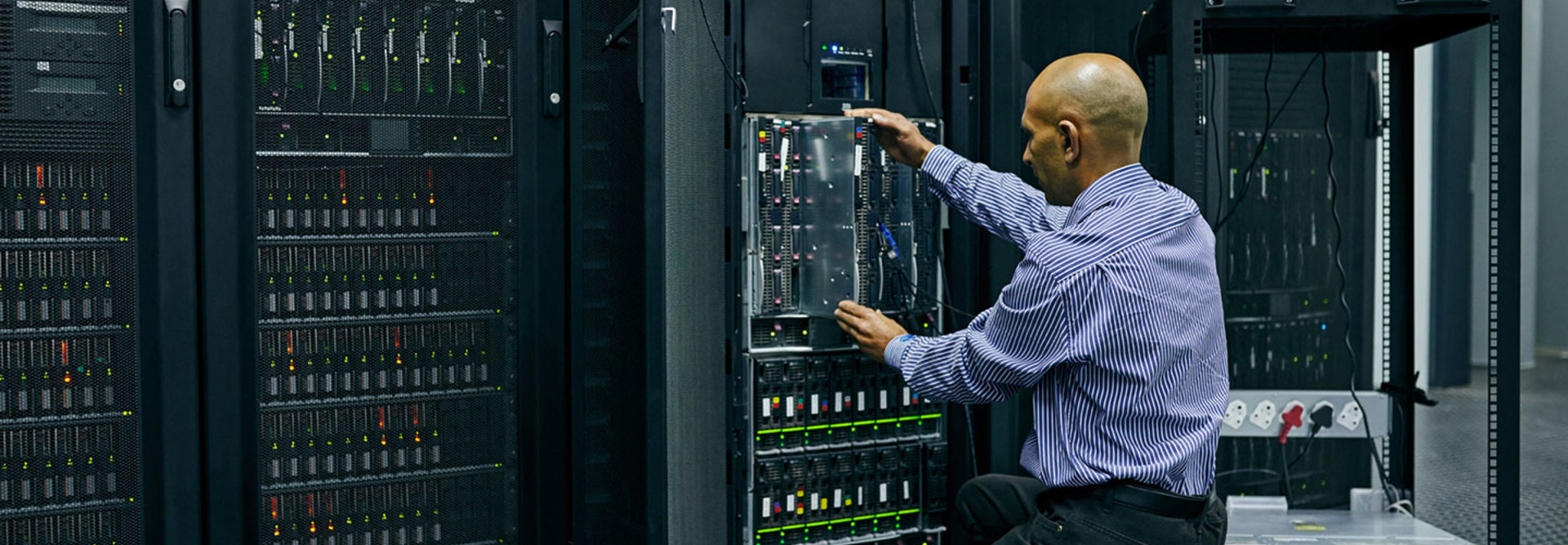Best Practices for Successful Hyperconverged Infrastructure Deployments
There are many benefits to hyperconverged infrastructure, which can give businesses greater agility and simplify IT management. Companies that adopt HCI can bring together disparate IT teams and streamline data center operations. For small businesses in particular, HCI can reduce data center costs significantly and allow companies to manage compute, networking and storage resources with less staff.
Hyperconverged platforms combine computing, storage, networking and virtualization capabilities into a single appliance, all preintegrated and controlled by one management layer.
The technology continues to gain favor in the market, and adoption is growing rapidly. IDC expects the HCI market to grow from $2.32 billion in 2016 to $7.64 billion in 2021.
As organizations plan for HCI adoption, there are several best practices they can follow to facilitate a smooth transition from legacy infrastructure.
Investing time in the careful planning of an HCI deployment will ensure that the organization understands its business and technical requirements, conducts an orderly migration of workloads from legacy to hyperconverged infrastructure, and lines up the appropriate staff and support resources to manage the transition.
First, it is critical that IT leaders take time to understand the characteristics of the workloads they plan to run on HCI. For most organizations with an existing data center, this means having a good understanding of the workloads they run and using this information to design an appropriate HCI environment.
It is important to note that there is often a significant disparity between the compute, memory and storage that are provisioned for a service and those that a service requires.
System engineering has a long history of overprovisioning resources to ensure that resource scarcity doesn’t cause issues down the road. This approach simply isn’t necessary in a hyperconverged environment. If the organization determines its HCI needs by simply summing the resources currently available in the data center, it is likely to vastly overprovision its HCI environment and miss out on the substantial cost efficiency potential.
Evaluate Your Hyperconverged Infrastructure Options
Once an organization understands its HCI requirements, it should turn to the marketplace and evaluate each available solution against those requirements. While all HCI solutions offer the core benefits of a shared resource pool, agile scalability, cost efficiency and data protection, they differ in the way they deliver those benefits.
Key questions to ask when evaluating HCI solutions include:
- Does the solution support a single hypervisor, or can organizations run multiple hypervisors on the same platform if this is required?
- What flexibility does the solution provide in terms of hardware modules? Are there component requirements? Does the solution support commodity hardware, or must hardware be purchased from the HCI vendor?
- Does the solution offer storage capacity only to services running in the HCI environment, or is the storage accessible to other data center services?
After selecting an HCI product, the organization should begin to plan the HCI implementation before purchasing and installing hardware. Remember, one of the core benefits of HCI is rapid scalability. The organization doesn’t need to purchase the hardware to support its end-state capacity. It can purchase enough to get through the first few workload migrations and scale the solution as it brings additional workloads online. This reduces the organization’s upfront capital investment and lowers the risk if it decides to pursue another path.
Launch a Pilot Project to Test HCI
Many organizations begin their HCI deployments with a carefully selected pilot project. This project should migrate a workload that is chosen to meet as many of the following criteria as possible:
- HCI migration will show immediate and needed performance or capacity benefits, demonstrating value to end users.
- The service owner is supportive of the migration to HCI.
- The service and users are tolerant of some disruption of the service’s availability.
- There is a high likelihood of success.
This proof-of-concept deployment will pave the way for future migrations. After successfully implementing the pilot project, the organization may then move on to a phased implementation approach that migrates workloads on a schedule that meets the organization’s business and technical needs. This might mean prioritizing workloads based on the expected risk of migration, the drain they cause on a data center capacity bottleneck, timing within the organization’s business cycle or other situation-specific requirements.
Throughout planning and implementation, organizations should remember that they don’t need to possess all the needed HCI expertise in-house. They can consider turning to a vendor, such as CDW, with specific HCI experience that can help them with each step along the road to hyperconvergence.
Want to learn more about how CDW can help you move to a hyperconverged infrastructure? Check it out here.








